It was 1854, the Crimean War was underway and British soldiers were suffering extremely high mortality rates. The British government sent Florence Nightingale and a group of nurses to Turkey to help care for the soldiers. Within six months of her arrival, the mortality rate from disease dropped from 42.7% to 2.2%. How did this happen? Data.
Nightingale’s meticulous records are a key to present day statistical quality measurement. She was an innovator in the collection, tabulation, interpretation, and graphical display of descriptive statistics. Through data analysis, she determined that 16,000 of the 18,000 deaths during the Crimean War were due not to battle wounds but to preventable disease.
Years later in the United States, for every one man wounded in battle during the Civil War, two men died from dysentery, typhoid or malaria. Based on lessons learned through Florence Nightingale’s research and analysis, a Sanitation Commission in the U.S. was created. This quality improvement is considered to have been critical to the success of the Union Army during the Civil War.
In 1918, during the Great Influenza Pandemic, which killed fifty million people, U.S. Surgeon General, Dr. Rupert Blue focused on prevention through the use of quarantine and face masks, and became a visionary leader of global population health. Data and medical records collected during the 1918 influenza pandemic continue to be some of the most researched archival documents used by international scientists today.
i2i Population Health proudly joins the National Association for Healthcare Quality (NAHQ) and others around the country in celebration of Healthcare Quality Week, October 21-27, 2018. This week is designed to bring greater recognition to healthcare quality professions, the impact they make in their organizations, and the depth and potential of their contributions to the health and well-being of patients and communities. Regardless of practice setting or organization size, a healthcare quality professional is dedicated to improving clinical outcomes, reducing systemic waste, and ensuring patient engagement and satisfaction.
and others around the country in celebration of Healthcare Quality Week, October 21-27, 2018. This week is designed to bring greater recognition to healthcare quality professions, the impact they make in their organizations, and the depth and potential of their contributions to the health and well-being of patients and communities. Regardless of practice setting or organization size, a healthcare quality professional is dedicated to improving clinical outcomes, reducing systemic waste, and ensuring patient engagement and satisfaction.
And it all begins with data. High quality data is critical to understanding the incidence, distribution, and possible control of diseases and quality improvement. The healthcare quality journey has been long and often driven by population and public health tragedies. Today, with solutions such as i2iTracks®, PopIQ® and iQlarityTM, strides toward quality improvement can be made in ways and at a pace that have long been needed. Whether it is improving care quality and efficiency, lowering costs, or shifting from volume-based to value-based care, healthcare quality professionals are at the forefront of the quality transformation.

i2i solutions provide guideposts for the healthcare quality journey and we are proud to be companions on this journey with the many healthcare professionals and providers, past and present, whose impact on the future of healthcare quality is surely going to have lasting and profound effects, determining the future and health of millions. Florence Nightingale could not have predicted how far into the future her impact would reach on this care quality and data analysis journey. In 1858, she created a remarkable and original morbidity and mortality graphical display to show the British Secretary of War just what had really happened to his troops in Crimea. She named this method of displaying data as a “Coxcomb,” which we know today as the pie-chart.
We, at i2i Population Health, celebrate and thank healthcare professionals everywhere who are engaged in the effort to improve quality, lower costs, and better the lives of the people who need it.
